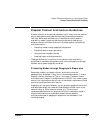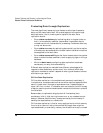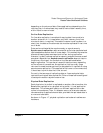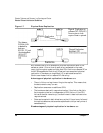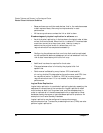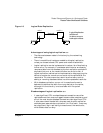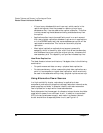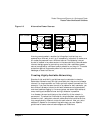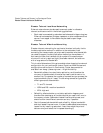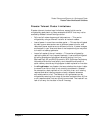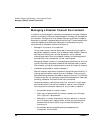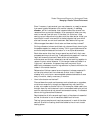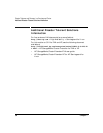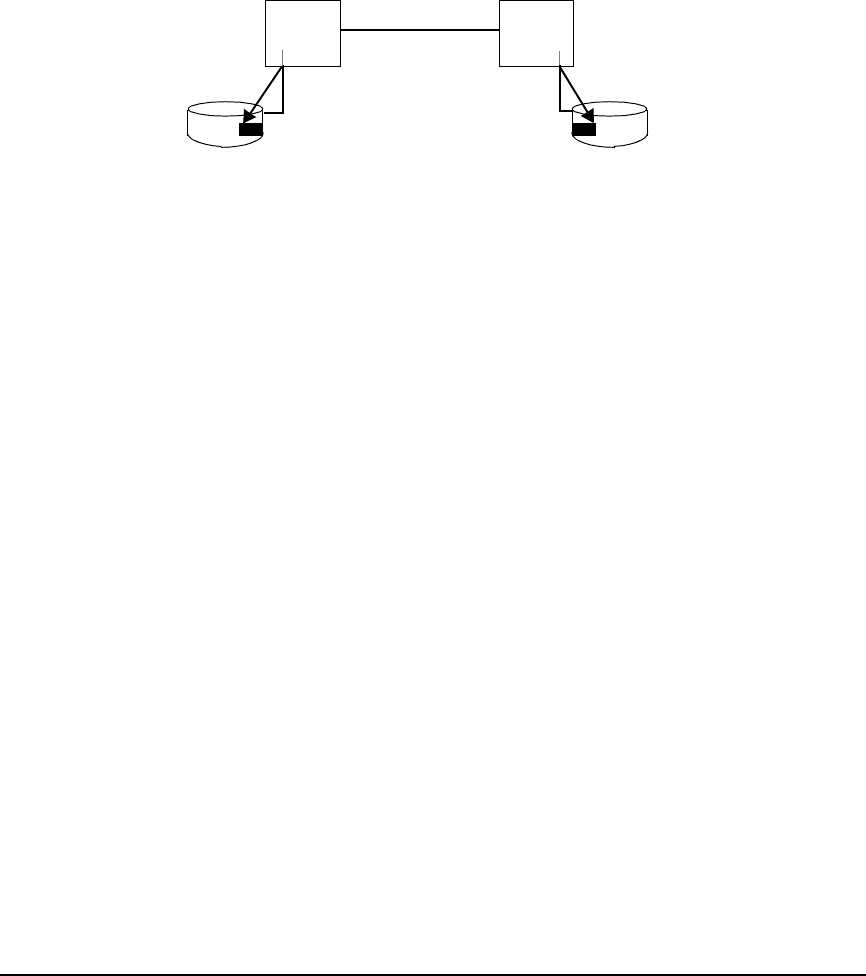
Disaster Tolerance and Recovery in a Serviceguard Cluster
Disaster Tolerant Architecture Guidelines
Chapter 1 43
Figure 1-8 Logical Data Replication
Advantages of using logical replication are:
• The distance between nodes is limited only by the networking
technology.
• There is no additional hardware needed to do logical replication,
unless you choose to boost CPU power and network bandwidth.
• Logical replication can be implemented to reduce risk of duplicating
human error. For example, if a database administrator erroneously
removes a table from the database, a physical replication method will
duplicate that error at the remote site as a raw write to disk. A
logical replication method can be implemented to delay applying the
data at a remote site, so such errors would not be replicated at the
remote site. This also means that administrative tasks, such as
adding or removing database tables, has to be repeated at each site.
• With database replication you can roll transactions forward or
backward to achieve the level of currency desired on the replica,
although this functionality is not available with file system
replication.
Disadvantages of logical replication are:
• It uses significant CPU overhead because transactions are often
replicated more than once and logged to ensure data consistency, and
all but the most simple database transactions take significant CPU.
It also uses network bandwidth, whereas most physical replication
methods use a separate data replication link. As a result, there may
be a significant lag in replicating transactions at the remote site,
which affects data currency.
node 1 node 1a
Logical Replication
in Software.
No direct access to
both copies of data.
Network





